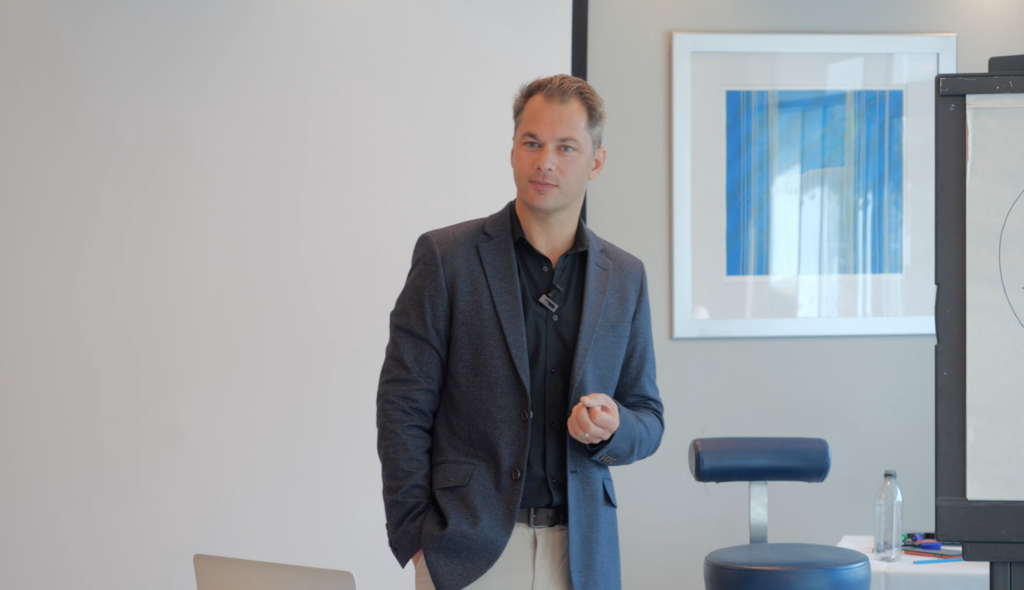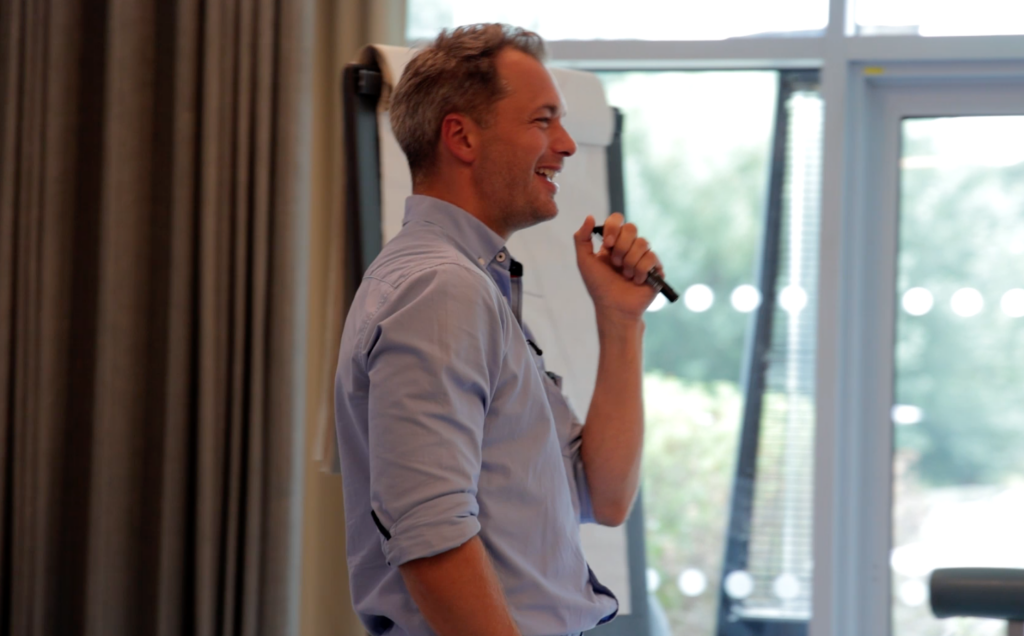Have you ever noticed that when your mind is quiet, everything around you seems to settle into place? In that stillness you feel presence, peace, and a natural confidence that needs no boost or pep talk. Yet most of us live in a whirlwind of “what-ifs,” “should-haves,” and “if-onlys” that keep us restless, anxious, or stuck. What if the secret to wellbeing and high performance isn’t about adding more strategies, tools, or positive affirmations—but about subtracting the thinking that’s holding you back?
What Is Subtractive Thinking?
Subtractive thinking is the practice of peeling away the layers of habitual thought—especially those negative, limiting beliefs that run on autopilot—so that your true self can emerge. Underneath the chatter of worry, self-judgment, and story-telling lies:
- Presence & Awareness
- Peace & Wellbeing
- Resilience & Desire
- Playfulness & Natural Confidence
- Flow State & High Performance
In essence, subtractive thinking says: Your innate capacity for joy, effectiveness, and peace is already here. The only thing getting in your way is the thinking you add to life’s circumstances.
Why Don’t We Just “Think Less” Already?
If it’s really this simple, why are we all so tangled up in thought? The answer lies in the fact that 95% of our mental activity happens outside of conscious awareness. We carry countless blind spots—automatic thought patterns that shape our reality without us even noticing. Because these patterns feel like “just the way things are,” we mistake them for facts rather than mental constructions.
“Man is troubled not by events, but by the meaning he gives to them.”
—Epictetus
Subtractive thinking helps you to see these blind spots. Once you bring them into the light of awareness, they lose their grip and fade away—much like a dream dissolves when you wake up.
Additive vs. Subtractive: A Fundamental Difference
Most personal-development approaches are additive. They tell you to:
- Think more positive thoughts
- Practice more mindfulness techniques
- Learn more tools for confidence, resilience, or focus
- Follow more strategies for success
While these can offer temporary relief, they often leave us juggling an ever-growing toolbox—and still feeling that something is missing.
Subtractive thinking, by contrast, invites you to:
- Notice the habitual thoughts that undermine you.
- Recognize them as mere thoughts—not truths.
- Release them, revealing the clarity and resourcefulness beneath.
In other words, it isn’t about layering on new techniques; it’s about letting go of unnecessary mental noise so your natural wellbeing and performance can shine through.
How Subtractive Thinking Works in Practice
Imagine you’re worried about giving a presentation. Your mind might spin stories like:
“What if I mess up?
They’ll think I’m incompetent.
I’ll embarrass myself.”
With subtractive thinking, you would:
- Spot the specific thought (e.g., “They’ll think I’m incompetent.”)
- Label it as “just a thought.”
- Observe how it arises—and watch it dissipate when you refuse to feed it attention.
As the mental static clears, you experience more presence, confidence, and ease. Suddenly you’re not wrestling with anxiety—you’re simply speaking, connecting, and performing.
The Transformative Power of Awareness
There’s a story I often share with clients about a wise farmer whose horse ran away, then returned with a herd of wild mares. Next, the farmer’s son broke his leg while taming one of them—and shortly afterward, the son was exempted from draft duty when the army came calling. The farmer’s refrain? “Good luck? Bad luck? Who knows?” This parable beautifully illustrates how meaning is fluid and created by thought. When we stop rigidly labeling events as “good” or “bad,” we open ourselves to possibility and resilience.
Benefits You Can Expect
When you make subtractive thinking a daily practice, you’ll likely notice that you:
- Drop unhelpful patterns more easily—without force or willpower.
- Roll through stress and anxiety faster, seeing their root cause and letting them go.
- Feel more at peace and comfortable in your own skin.
- Tap into deeper creativity because you’re less reactive.
- Release attachment to outcomes and fall in love with the present moment.
- Reignite motivation for what truly matters to you.
- Experience greater joy, connection, and fulfilment.
This is not a “quick fix” but a simple, moment-to-moment shift in how you relate to your mind.
Subtractive Psychology & Coaching
As a psychotherapist and life coach trained in both psychotherapy and transformative coaching, I guide individuals, groups, and organizations to uncover the thinking that’s getting in their way. My approach blends:
- Neuroscience (understanding how thoughts form in the brain)
- Mindfulness (cultivating nonjudgmental awareness)
- Psychology (recognizing unconscious blind spots)
- Performance Coaching (applying presence to real-world challenges)
Together, we practice seeing through thought so that stress, self-doubt, and limiting beliefs no longer dictate your choices or your happiness.
Begin Your Own Subtractive Journey
Reflection Questions
- What stories am I adding to today’s circumstances?
- Which thoughts feel most urgent or true—but might just be habitual patterns?
- In the absence of those thoughts, what remains?
By bringing these questions gently into your awareness, you’ll start to experience life with less thinking and more presence—the true foundation of wellness and success.
From Insight to Action
- Pause whenever you notice distress, doubt, or pressure.
- Ask yourself, “What am I adding to this situation?”
- Notice the thought that arises.
- Say silently, “Just a thought.”
- Shift your attention to what’s always present: the sensation of breathing, the feeling of your feet on the ground, the aliveness of this moment.
Over time, you’ll find less need for strategies or protocols—you’ll simply engage with life from a place of clarity and ease.
Subtractive thinking is an invitation to wake up from autopilot, to see your mind clearly, and to rediscover the effortless wellbeing and high performance that have been within you all along. After all, sometimes the most powerful thing you can do is… nothing at all.

